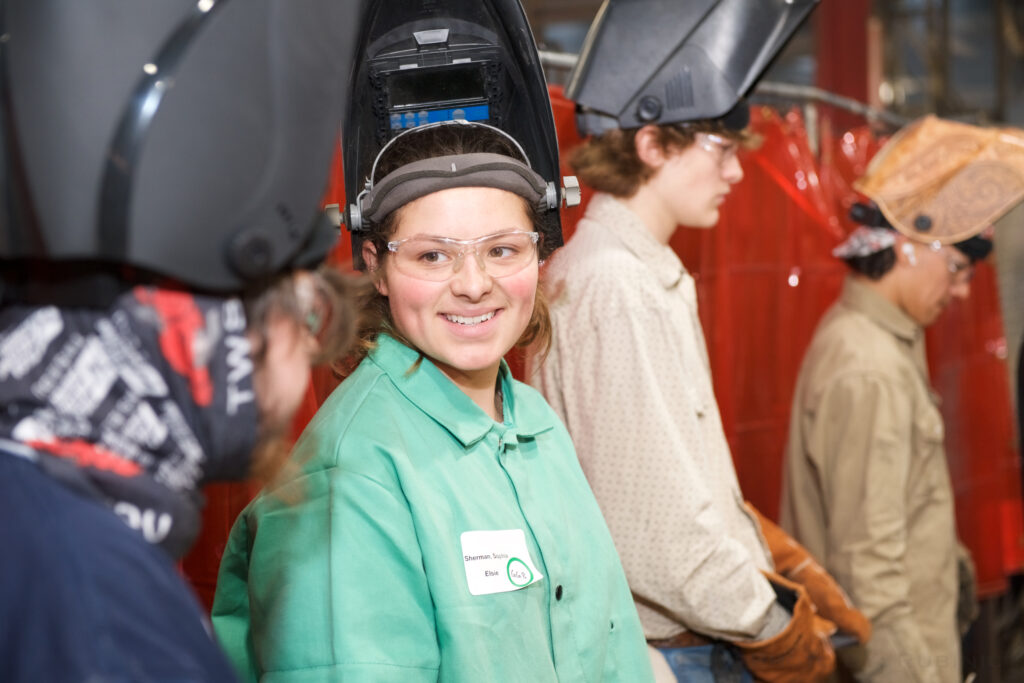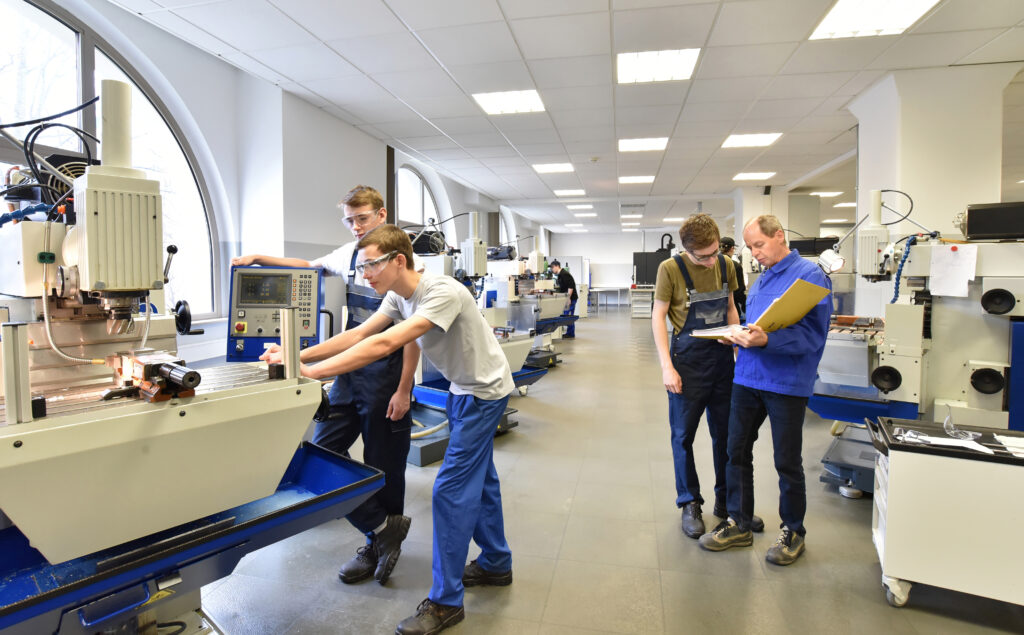How to Become a Certified School Principal
5 Things to Know about Becoming a Certified School Principal
After a couple of rollercoaster academic years, one thing is certain: school leadership is essential for ensuring both students and staff succeed in the classroom. If you have a passion for education and serving your community, becoming a school principal might be an excellent career choice. But what does it take to get there?
Understanding a Principal’s Personality
Some of the traits common to the most successful principals are people include an inclination toward building relationships, a capability for working with a wide range of stakeholders, a natural talent for leading groups, and the ability to handle multiple priorities at once.
Plus, your role as principal—at the end of the day—boils down to serving students and ensuring a good education. Being passionate about helping kids succeed through learning is essential to being an effective principal in an elementary, middle, or high school!
Building an Educational Foundation
There is no one-size-fits-all approach to becoming a school principal, but there are some paths that are more common than others. Most principals, for instance, started out as teachers—that means they have a bachelor’s degree in a field like education, teaching, or child development.
You’ll probably also need an advanced degree, as most job postings for principals include a master’s degree requirement. This could again be in a field like teaching or child development, or it could also be an education administration or education leadership program.
Getting the Right Certifications
As in the field of teaching, principals also must have their license or certification in order to work. These requirements vary state to state, so you’ll want to confirm what is needed in the state you plan to work in.
Most states require a teacher certification, and others have an additional principal certification or school administrator certification that all school principals must obtain. Each state also has their own rules about recertification, so be aware that you may need to complete certain professional development requirements to keep your licensure current.
Establishing Your Experience
Like we said, many principals worked as teachers first. Though it’s not always required, doing so can be a great way to get foundational experience in understanding the basics of the education system and how schools operate. Other roles that can help you prepare for a principalship include administrative, managerial, supervisory, and other education-related positions.
You’ll need to be able to demonstrate at least five years of relevant experience for most principal jobs. And be sure to note that, as with most jobs in elementary and secondary schools, principals will be required to undergo a background check during the hiring process.
Exploring School Principal Opportunities
According to 2020 data from the Bureau of Labor Statistics (BLS), jobs for school principals are growing about as fast as average—at a rate of 4%.
The BLS shows that the median annual pay for principals was over $98,000 in 2020, with the highest 10% earning more than $152,000. As with other education jobs, you can expect to work full time—including evenings or weekends as needed. Unlike most teaching positions, principals typically work year-round regardless of whether students are in school.
Are you ready to get on the path toward becoming a school principal? Create a free account with the Imagine America Foundation today to be matched with educational leadership programs near you!
More On Continuing Education
Let’s Talk Picking the Right Trade School with Universal Technical Institute
Let’s Talk Picking the Right Trade School with Universal Technical Institute: SEASON 5, EPISODE 3 MORE FROM OUR EPISODE ON picking the right career school with universal technical institute Find Your Perfect Training Program At UTI, our mission is to prepare technicians for the careers…
Let’s Talk Women in Welding with Tulsa Welding School
Let’s Talk Women in Welding with Tulsa Welding School: SEASON 5, EPISODE 2 MORE FROM OUR EPISODE ON Women in welding WITH tulsa welding School Contact TWS — Houston, TX Click Here For A Virtual Tour! Location 243A Greens Rd. Houston, TX 77060 Contact tulsa…
Let’s Talk Aviation with Spartan College of Aeronautics and Technology
Let’s Talk Aviation with Spartan College of Aeronautics and Technology: SEASON 5, EPISODE 1 MORE FROM OUR EPISODE ON aviation CAREERS WITH SPARTAN COLLEGE OF AERONaUTICS AND TECHNOLOGY Contact Spartan College — Tulsa Main Campus Click Here For A Virtual Tour! Location 8820 East Pine…
How career colleges can help course-correct the anti-work movement
Have you heard of the anti-work movement? Closely related to the pandemic-driven “Great Resignation” and trailing idea of “quiet quitting,” the phrase can easily strike disdain into the hearts of many traditionalists (as well as anyone who wants to see an educated society and a…
Leave a Reply Cancel reply
- - ADVERTISEMENT - -
Categories
- Alumni Series (13)
- Automotive (57)
- Aviation (15)
- Business (14)
- Business & Arts (18)
- Career College Expositions (7)
- Career Development (96)
- CCC Blog (1)
- CCC Podcast (9)
- College Resource (90)
- College Showcase – Lincoln Tech (6)
- College Showcase – New Jersey (8)
- College Showcase – Pennco Tech (1)
- College Showcase – Universal Technical Institute (2)
- Continuing Education (154)
- Cosmetology (3)
- Counselor Resources (108)
- Criminal Justice (3)
- Dental Assistant (2)
- Education (109)
- Financial Literacy (17)
- Health Sciences (50)
- Heritage Series (3)
- High School Recruitment Series (4)
- Housing Series (10)
- HVAC (8)
- Imagine America Scholarships (12)
- Information Technology (17)
- Massage Therapy (5)
- Mechanical Sciences (109)
- Medical Assistant (12)
- Millennial Student Series (4)
- News (11)
- Nursing (22)
- Online education (13)
- Pandemic Proof Series (4)
- Personal Finance (17)
- Podcast (90)
- Research (11)
- Road Map Series (2)
- Scholarships (12)
- Social Media Series (4)
- Strata Tech (3)
- Student Success (29)
- Study Tips (3)
- Time Managment (1)
- Top 10 (10)
- Trucking (2)
- Uncategorized (14)
- Universal Technical Institute (19)
- Veteran Affairs (8)
- Welding (24)
- Women in Skilled Trades (3)
Tags
- - ADVERTISEMENT - -







